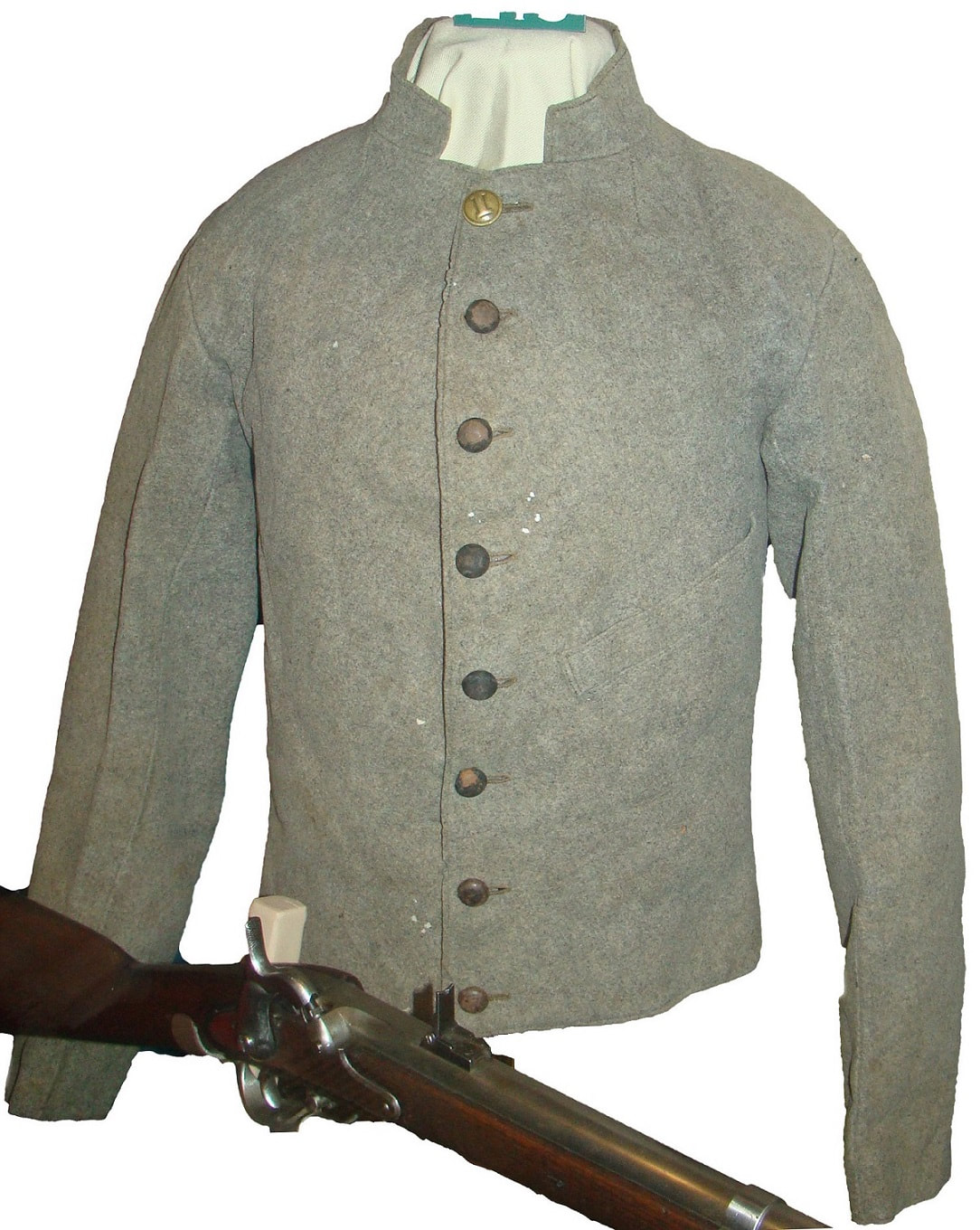

Geisel’s work on war-related films would include the scripts for some of the “Private Snafu” cartoons, produced by Warners for the armed forces in 1943-45. Seuss books, And to Think that I Saw It on Mulberry Street and The 500 Hats of Bartholomew Cubbins,were both snapped up by George Pal and produced as Puppetoons for Paramount. Geisel’s writing/illustrating career is fairly well known, but it’s perhaps less widely recognized that he maintained a healthy relationship with the animation industry during these crucial years. Seuss titles had already caused a sensation in the publishing world with their fresh, delightful ideas and illustrations. In the meantime, Geisel busied himself with war-related work. Horton Hatches the Egg, published in 1940, was only the fifth Seuss book, and in fact it would be the last until the end of World War II. Seuss, author and illustrator of beloved children’s books. In the late 1930s and early ’40s, Theodor Geisel was building on his early success in magazine and advertising art and just beginning to launch his career as Dr. But it’s such an offbeat entry, so unconventional even for Warners, that I think it sometimes gets lost in the crowd and deserves a closer look.Ī little context is helpful here. cartoon fans have known and loved it ever since its release in 1942. This is not exactly an obscure title Warner Bros. This month I’m singling out one of those classic cartoons: Horton Hatches the Egg, directed by Clampett and based on the Dr. The result was a series of cartoons that included, I think, some of the studio’s best work ever.
#The last cadet cartoon 1943 full#
During these years the personal directorial styles of the individual house directors-Tex Avery, Bob Clampett, Chuck Jones, and the rest-came into sudden and vivid focus, and coincided with the full flowering of the studio’s visual style.

This, to me, was a peak period for the studio. cartoons are those produced between about 1937 and the mid-1940s. Some animation fans will probably disagree with me, but my favorite Warner Bros.


 0 kommentar(er)
0 kommentar(er)
